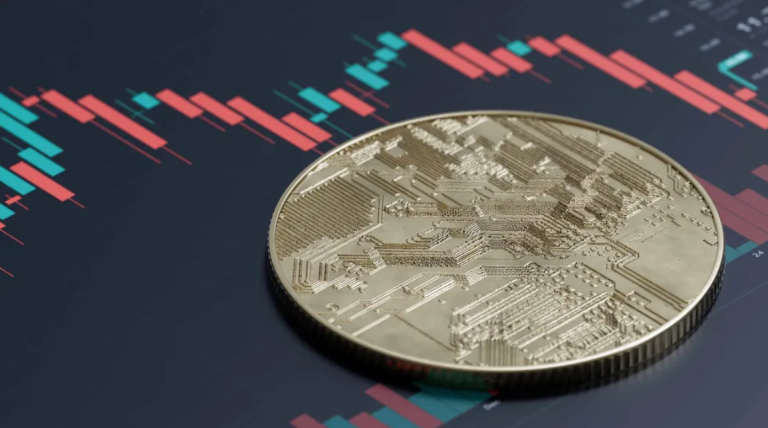For investors who have long relied on dividends as a source of income and a sign of a company’s financial health, the second quarter of 2023 brought about a notable trend: U.S. dividend growth decelerated. In this article, we will explore what this deceleration means for investors, the factors contributing to this shift, and strategies to navigate this evolving dividend landscape.
Understanding the Deceleration
Dividend growth, which had been on an impressive trajectory for several years, began to decelerate in Q2 2023. Companies across various sectors and industries reported smaller increases in their dividend payments or, in some cases, maintained their existing dividend levels. This change in momentum has raised questions among income investors and market analysts.
Factors Contributing to the Deceleration
Several factors have contributed to the deceleration of U.S. dividend growth:
- Economic Uncertainty: Uncertainty stemming from global events, economic policies, and geopolitical tensions has made companies more cautious. Many are opting to preserve capital or reinvest it in their businesses rather than increasing dividend payments.
- Rising Costs: Companies have been grappling with increasing costs, including labor, raw materials, and supply chain disruptions. These challenges have pressured profit margins, leaving less room for substantial dividend increases.
- Regulatory Changes: Changes in tax laws and regulations can impact companies’ dividend decisions. Companies may adapt their dividend policies in response to changes in tax policies and the resulting implications for shareholders.
- Inflation Concerns: Inflationary pressures have been a growing concern. Companies are wary of committing to higher dividend payments in an environment where the purchasing power of those dividends may erode due to rising prices.
- Business Model Evolution: Some companies, particularly in the technology sector, have shifted their focus from paying dividends to reinvesting in their businesses for growth. As technology companies comprise a significant portion of the market, this shift has influenced overall dividend trends.
Strategies for Investors
For income investors navigating the deceleration of U.S. dividend growth, here are some strategies to consider:
- Diversification: Diversify your dividend portfolio across various sectors and industries. While some sectors may experience slower dividend growth, others, such as consumer staples and utilities, may continue to offer more reliable dividends.
- Quality Over Quantity: Prioritize quality when selecting dividend stocks. Companies with strong financials and a history of consistent dividend payments may offer more stability, even if their dividend growth is modest.
- Dividend Growth Stocks: Consider dividend growth stocks. These are companies with a track record of increasing dividends over time. Their commitment to dividend growth can provide a source of reliable income.
- Evaluating Payout Ratios: Assess a company’s dividend payout ratio, which is the proportion of earnings paid out as dividends. Companies with lower payout ratios may have room to maintain or increase their dividends.
- Stay Informed: Regularly monitor the companies in your dividend portfolio. Keep an eye on their financial health, industry conditions, and management’s outlook for dividend policies. Adjust your investments as needed based on changing circumstances.
- Tax Efficiency: Be mindful of the tax implications of your dividend investments. Understanding the tax treatment of dividends in your jurisdiction can help you make tax-efficient choices.
- Consider Alternatives: Explore other income-generating assets. Bonds, real estate investment trusts (REITs), and dividend-focused exchange-traded funds (ETFs) can provide diversification and alternative sources of income.
The Long-Term Perspective
While the deceleration of U.S. dividend growth may present challenges for income investors, it’s essential to maintain a long-term perspective. Dividend income remains a crucial part of a well-rounded investment strategy, providing stability and income over time.
By adopting these strategies and adapting to the changing landscape, income investors can continue to benefit from dividends while navigating the challenges of decelerating growth. Flexibility, diversification, and a focus on quality can help investors weather uncertain times and achieve their long-term financial goals.



































